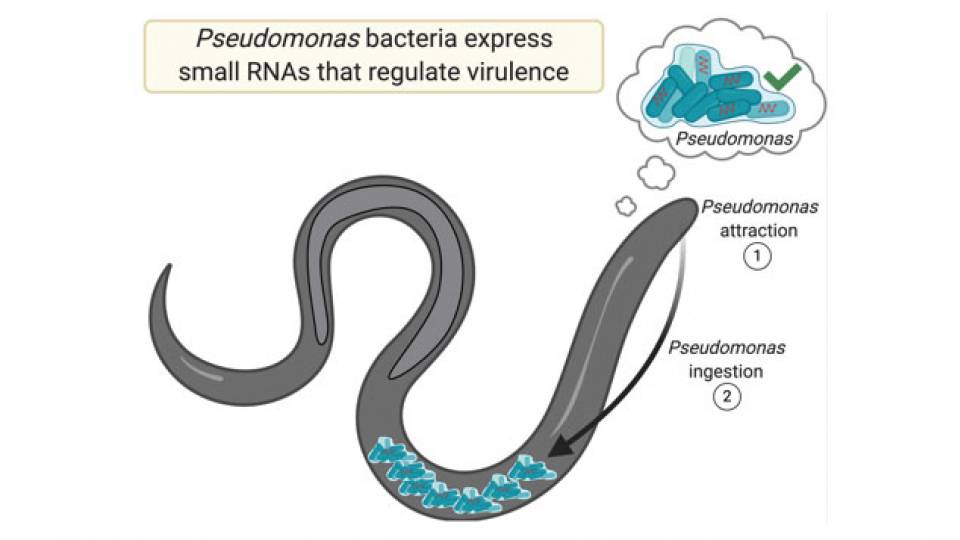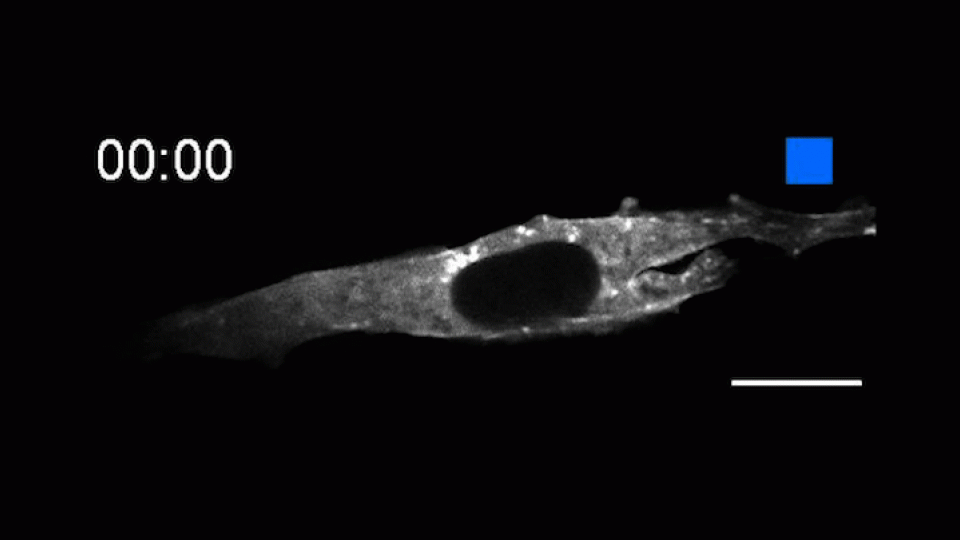Zemer Gitai, an assistant professor of molecular biology at Princeton University, members of his laboratory, and scientists from the California Institute of Technology have published results in Nature Cell Biology of new research into how a metabolic enzyme in bacteria forms cytoplasmic filaments that affect bacterial cell shape. The study was published online July 18.
Gitai describes the findings as follows:
"We have discovered that an enzyme that has a role in basic cellular metabolism (CtpS, the enzyme that makes the essential nucleotide CTP), also forms cytoskeletal filaments that can play a structural role in regulating cell shape.
"I'm very excited about this work since it changes a lot of our thinking about both metabolism and the cytoskeleton, and provides a clue about how the cytoskeleton might have evolved in the first place. The work connects two exciting areas of research: cell shape formation and metabolism.
"Cytoskeletal proteins serve as cellular building blocks, and the cytoskeleton has long been thought to consist of just three canonical members: actin, tubulin, and intermediate filaments. By using a novel imaging-based screening approach, we found that the metabolic enzyme that makes CTP, CTP Synthase (CtpS), also plays a previously-unappreciated role as a cytoskeletal protein by polymerizing into filaments that regulate the cell shape of the curved bacterium Caulobacter crescentus.
"The CtpS protein is found in all living organisms from bacteria to humans, suggesting that this could be a widespread phenomenon. Consistent with this possibility, we found that the CtpS protein from an unrelated bacterium, E. coli, also forms cytoskeletal filaments. Excitingly, the E. coli protein could replace both the cell shape and metabolic functions of the Caulobacter protein.
"This demonstrates that rather than adapting CtpS for a new cell shape role, Caulobacter has adapted its cell shape machinery to take advantage of the conserved filament-forming properties of CtpS. This finding suggests a general pathway for how cytoskeletal proteins may have evolved: perhaps polymerization first came about for other non-structural reasons such as enzymatic regulation, and then once filaments were there, they could be co-opted for additional structural purposes."
Other Princeton researchers involved in this work included Michael Ingerson-Mahar, a Princeton graduate student in molecular biology, and John Werner, a postdoctoral research fellow at the University. Caltech authors included Grant Jensen and Ariane Breigel.
Members of the media wishing to contact Gitai are encouraged to email him at: zgitai@princeton.edu
Funding agencies supporting this work included the U.S. Department of Energy Office of Science, the National Institutes of Health, the Human Frontiers Science Program, the Beckman Foundation and the Howard Hughes Medical Institute.


